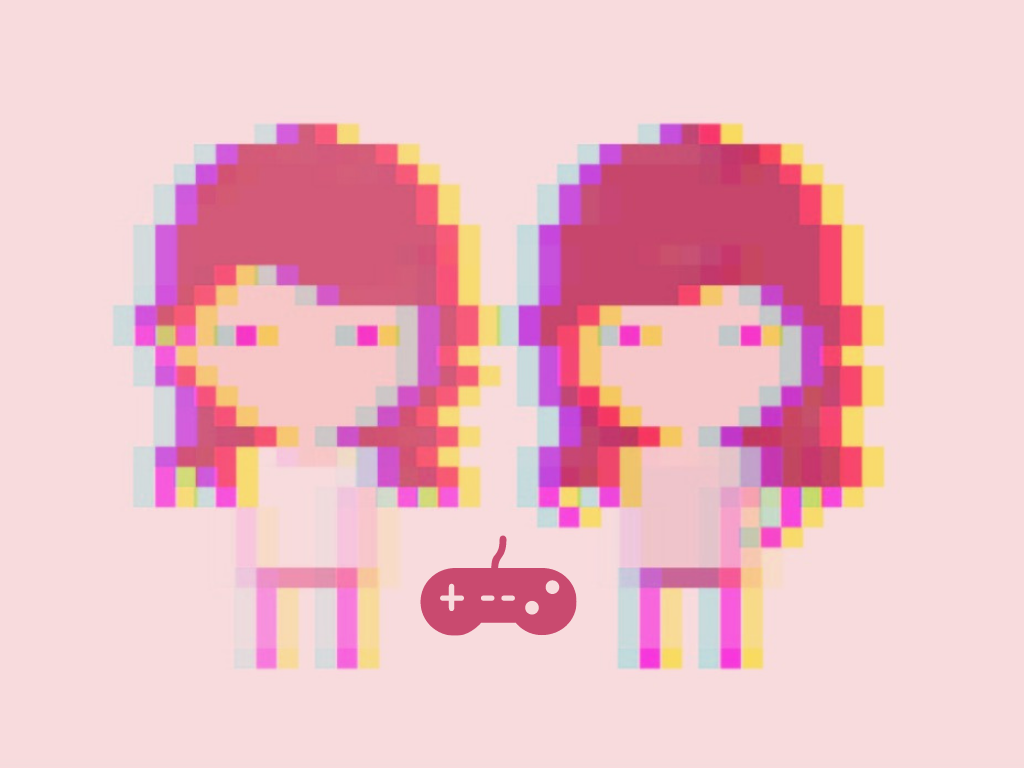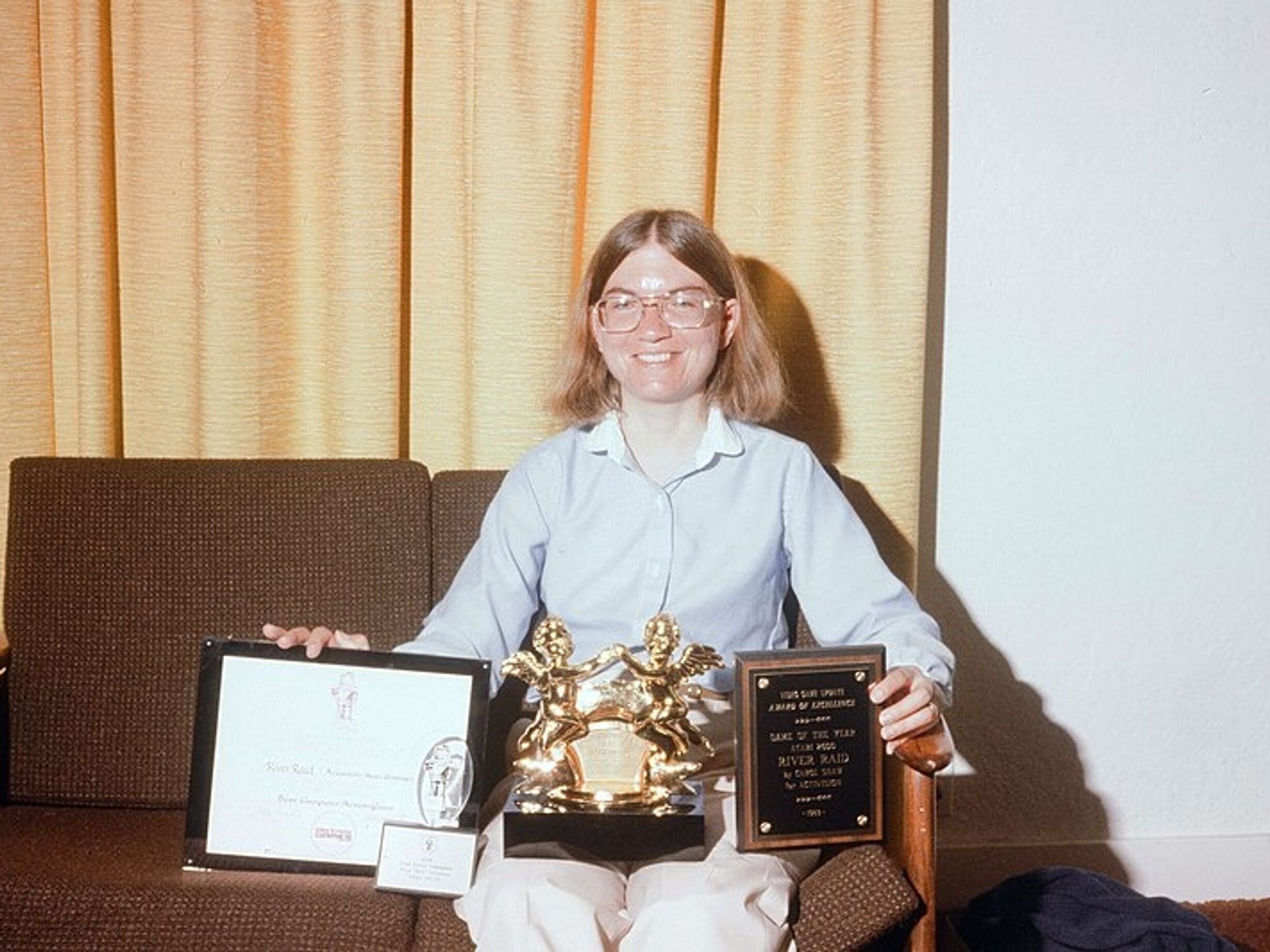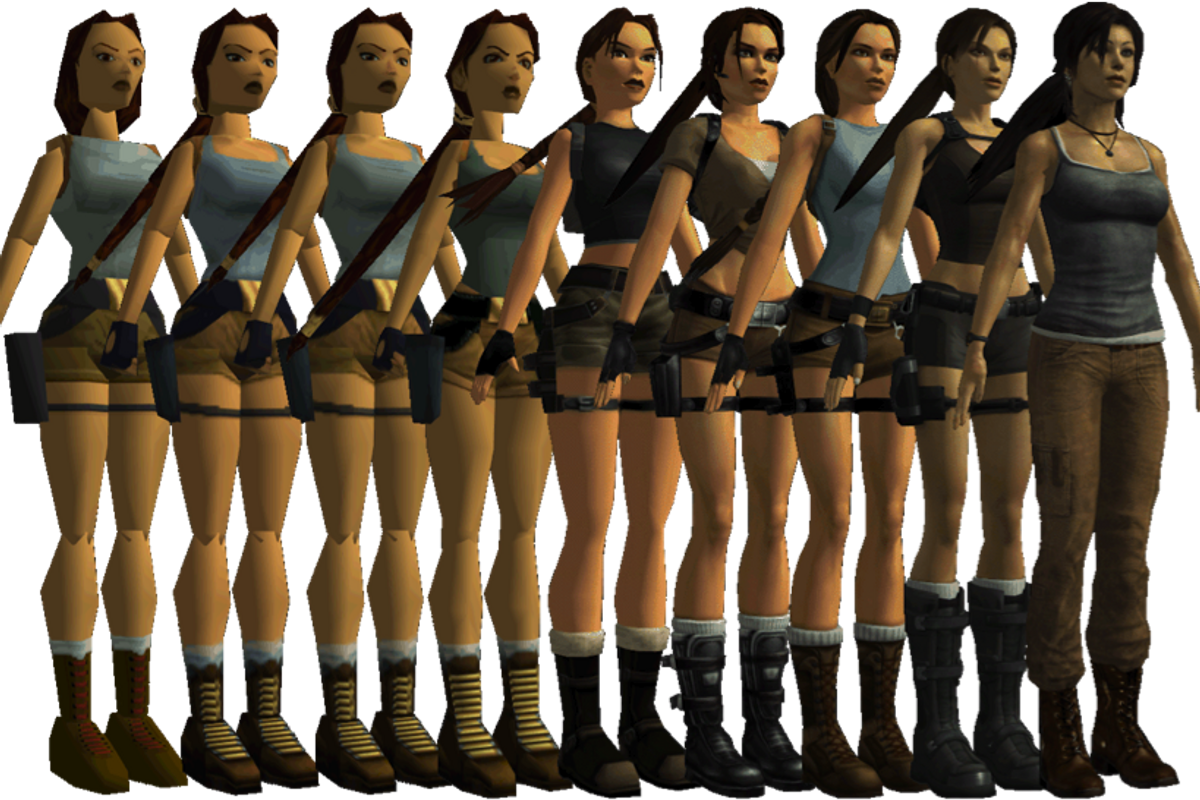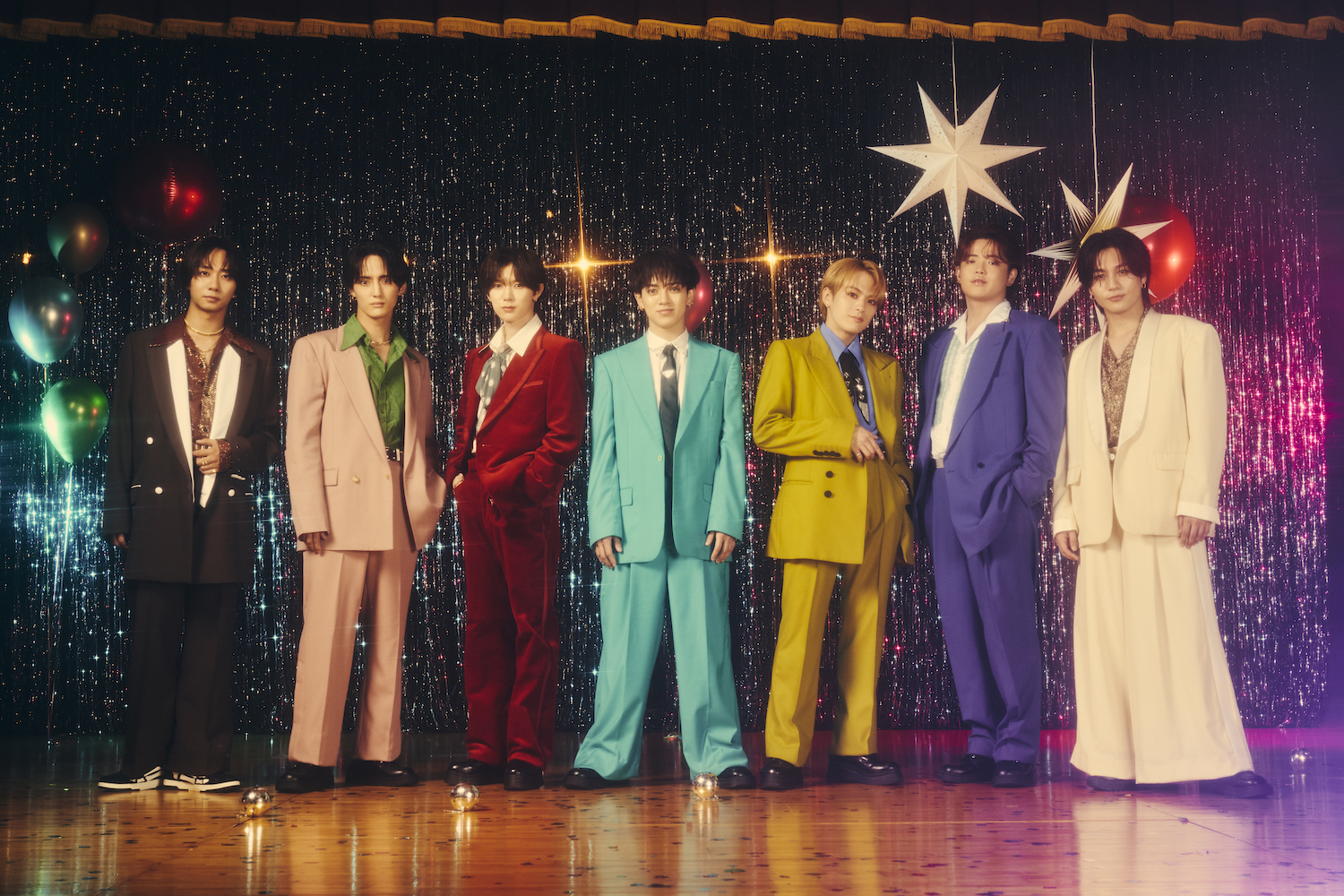
Christmas morning, 1994: I woke up with the sort of excitement most 6-year-old girls do.
But I wasn’t excited to find gender-stereotypical presents such as Barbie dolls. I wanted the Sega Genesis video game system. I didn’t get it…but my brother did.
I was crushed, but not surprised. My brother and I shared an equal love for playing video games; but the conundrum was that I was a girl—and in the early ’90s, people weren’t accustomed to video games being a girl’s thing.
Skip forward 26 years later, and as a mother of two girls, I’ve realized that not much has changed.
As my seven-year-old daughter entered the world of gaming recently, I was hopeful that things would be different for her this time around–hopeful that she wouldn’t have to encounter the same struggles that I did growing up. But as I browse through online stores looking for Minecraft dresses, I have come to the realization that not much has changed. I did eventually find one Minecraft dress on Amazon. Yet Amazon’s boy clothing department consisted of 11 pages worth of Minecraft clothes, whereas the girl’s clothing department featured only three pages–which were largely filled with non-Minecraft related items.
To understand this, first, let’s look at why the video game industry has long been, ostensibly, “a man’s world.”
Playstation 1 Commercial (1998)www.youtube.com
The truth is that women have always been involved in video games, and game developing pioneers such as Carol Shaw have been developing games since the ’70s.
As Shaw recalled, game developers in the ’70s didn’t target a certain audience. In fact, they often made the games they wanted to play—void of a marketing team or higher-ups telling them who to target.
 Carol Shaw with some of her video game awards in 1984.
Carol Shaw with some of her video game awards in 1984.
The free-for-all video game market eventually became oversaturated with substandard games that inevitably caused the video game crash of 1983.
When Nintendo revived the industry, the company began to strictly market target audiences, choosing males as their demographic—most likely in order to avoid another industry crash.
What resulted from Nintendo’s marketing schemes was an extreme influx of sexist ideologies that would pervade video games released throughout the following decades.
 The evolution of Tombraider’s famous female lead, Lara Croft, from the nineties to today depicts a character created by men for men. After much scrutiny over the sexist portrayal of her character for many years, Lara looks less like a fembot, and more like a strong female protagonist.
The evolution of Tombraider’s famous female lead, Lara Croft, from the nineties to today depicts a character created by men for men. After much scrutiny over the sexist portrayal of her character for many years, Lara looks less like a fembot, and more like a strong female protagonist.
Around the turn of the century, things seemed to change for female representation in video games. But this change didn’t come without consequences, and one of the most notable junctures in women’s involvement in the industry erupted from the #GamerGate scandal.
In 2014, an anonymous harassment campaign targeting women gamers and women in the gaming industry erupted on Twitter. The incident that led up to the controversy involved up-and-coming video game developer, Zoe Quinn, when an ex-boyfriend blogged a smear campaign against her. The aftermath was a slew of hateful Twitter rants, harassment, and death threats to Quinn, as well as many accusations that proposed she was using sex appeal to generate positive feedback on her games. Eventually, it was proven that the allegations against Quinn were completely false, but issues with sexism and misogyny in the video game industry persist.
These days, most video game companies vow to work harder at including females in all aspects, and sure, the percentage of female video game developers has risen. Once at a mere 3%, female developers now make up for 21% of the pool. But as for the representation of females in video games, the numbers are still embarrassingly sparse.
After the GamerGate incident, Wiredconducted a study on female representation in video games showcased at the annual Electronic Entertainment Expo (E3). Not only has female representation not risen, but the results show a drop from 5% in 2015 to 3% in 2019.
As of 2019, the Entertainment Software Association (ESA) states that around half of all gamers are female. And as such, the video game industry as a whole is failing to meet the needs of half of its customers. As an avid video gamer of nearly all genres over the last three decades, I believe I’ve earned the right to complain about the lack of female inclusion.
Christmas morning, 1994: I woke up with the sort of excitement most 6-year-old girls do.
But I wasn’t excited to find gender-stereotypical presents such as Barbie dolls. I wanted the Sega Genesis video game system. I didn’t get it…but my brother did.
I was crushed, but not surprised. My brother and I shared an equal love for playing video games; but the conundrum was that I was a girl—and in the early ’90s, people weren’t accustomed to video games being a girl’s thing.
Skip forward 26 years later, and as a mother of two girls, I’ve realized that not much has changed.
As my seven-year-old daughter entered the world of gaming recently, I was hopeful that things would be different for her this time around–hopeful that she wouldn’t have to encounter the same struggles that I did growing up. But as I browse through online stores looking for Minecraft dresses, I have come to the realization that not much has changed. I did eventually find one Minecraft dress on Amazon. Yet Amazon’s boy clothing department consisted of 11 pages worth of Minecraft clothes, whereas the girl’s clothing department featured only three pages–which were largely filled with non-Minecraft related items.
Playstation 1 Commercial (1998)www.youtube.com
- Fortnite Versus Apple: Battle of the Microtransactions – Popdust ›
- Why Do Other Countries Have More Video Games but Fewer Mass … ›
- 12 Powerful Female Video Game Characters – Popdust ›
- The Most Violent Video Games Ever – Popdust ›
- The Biggest Games Announced at E3 2021 – Popdust ›
- On This Day: “Quake” Reinvented Video Games Forever – Popdust ›













